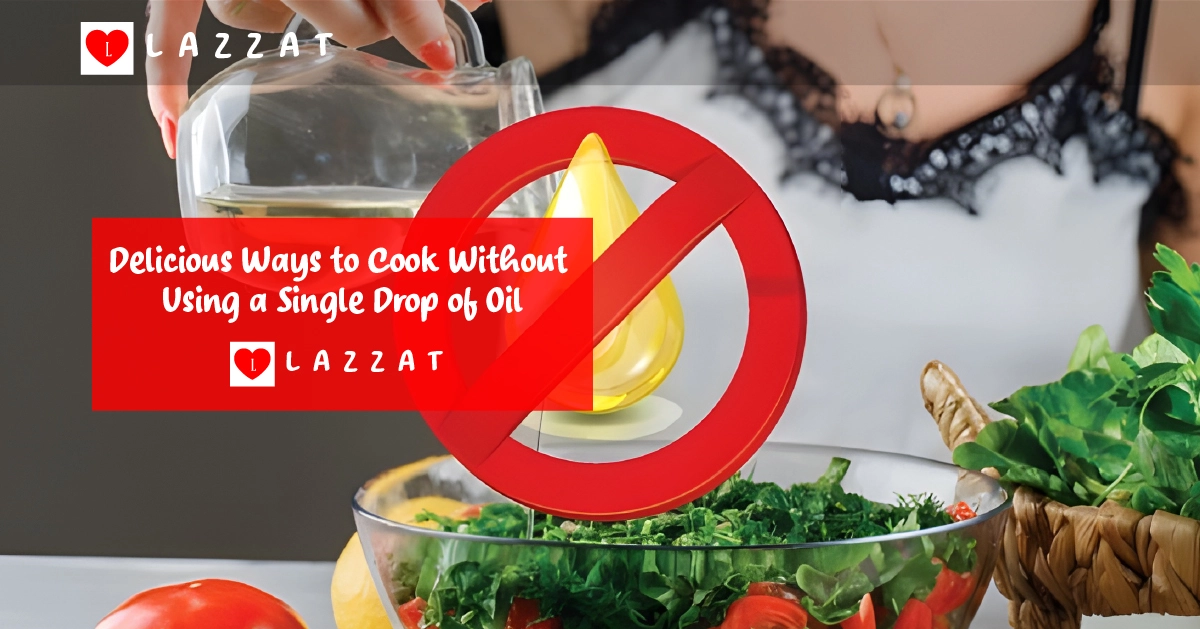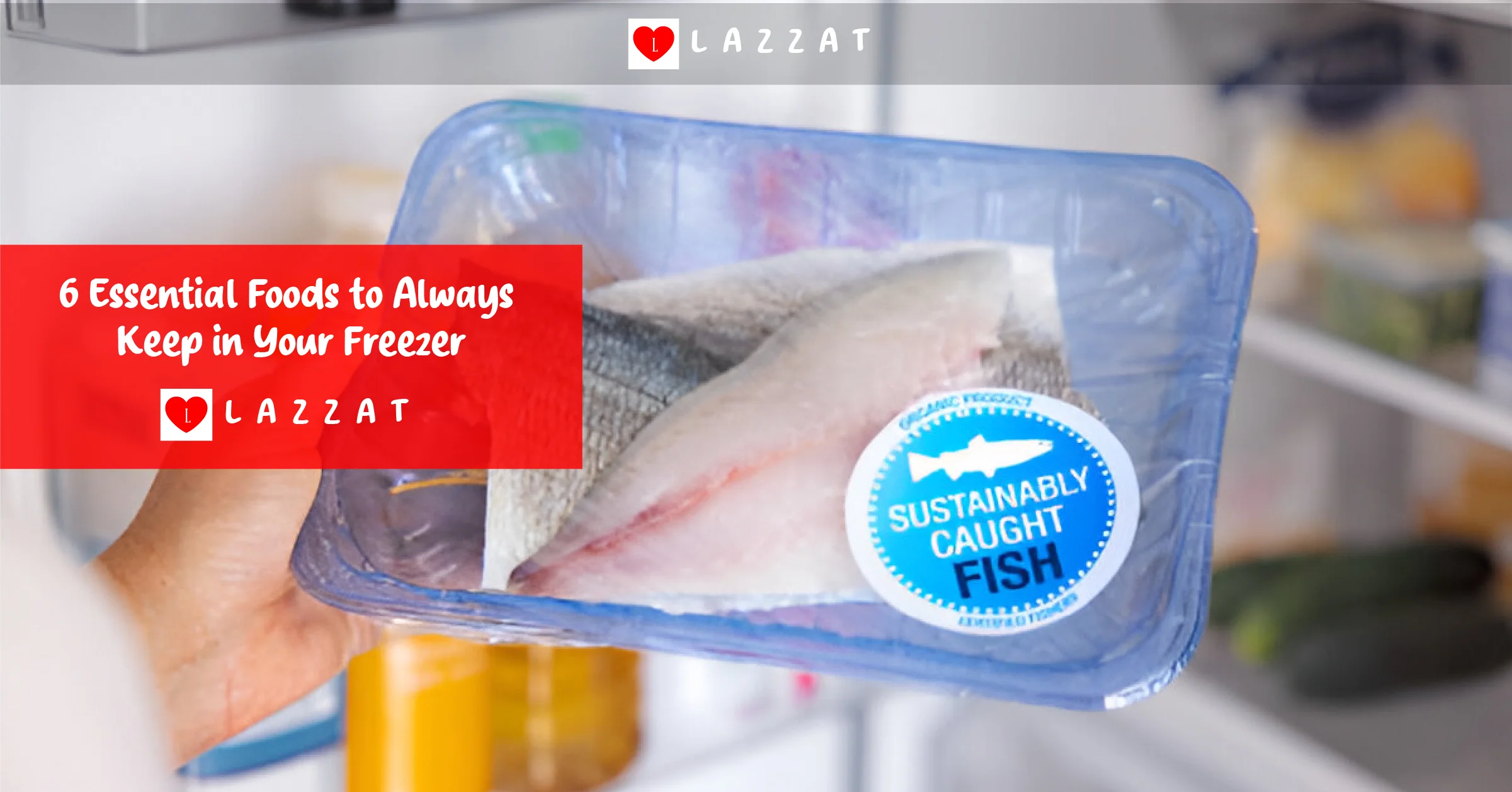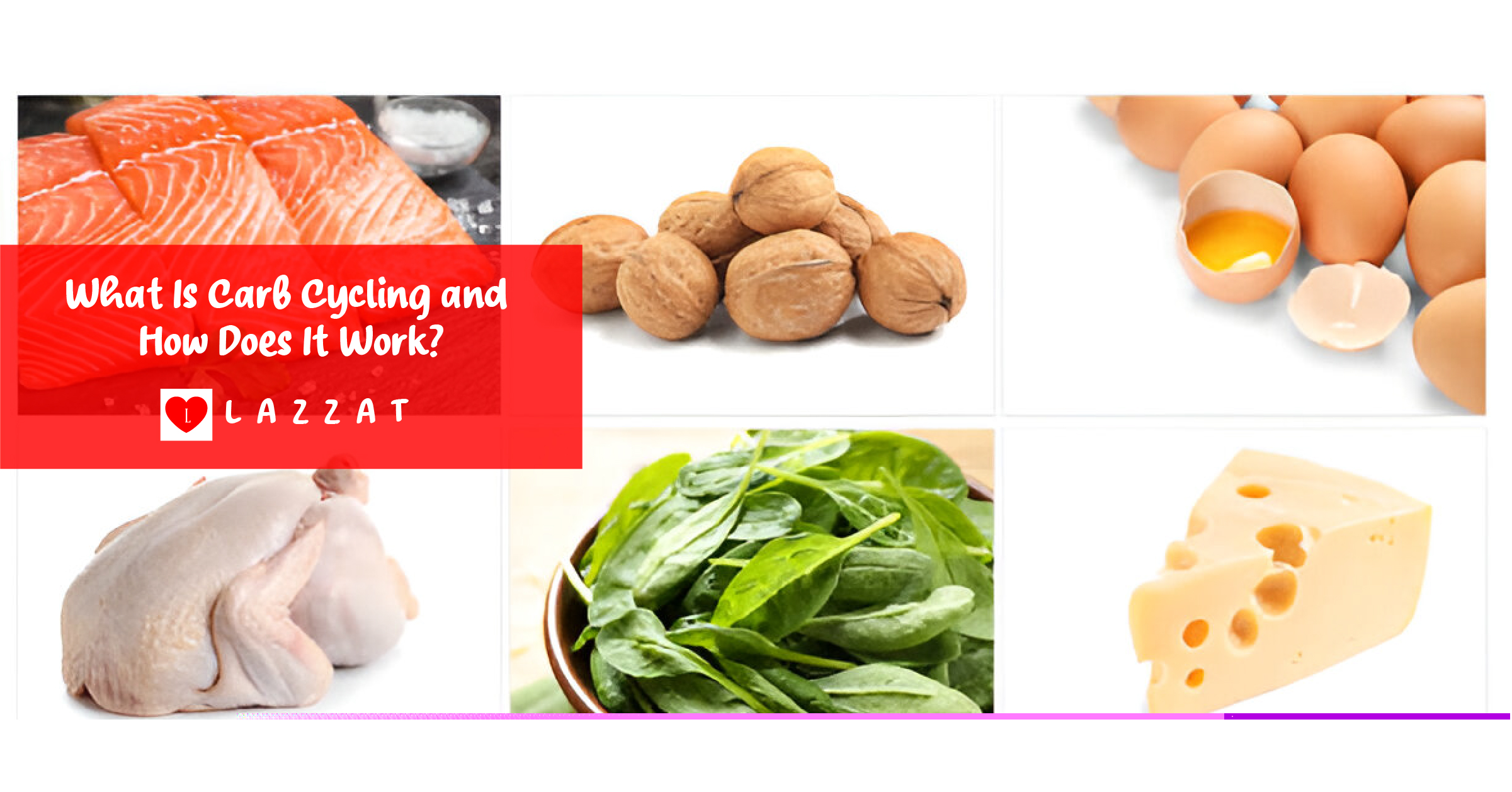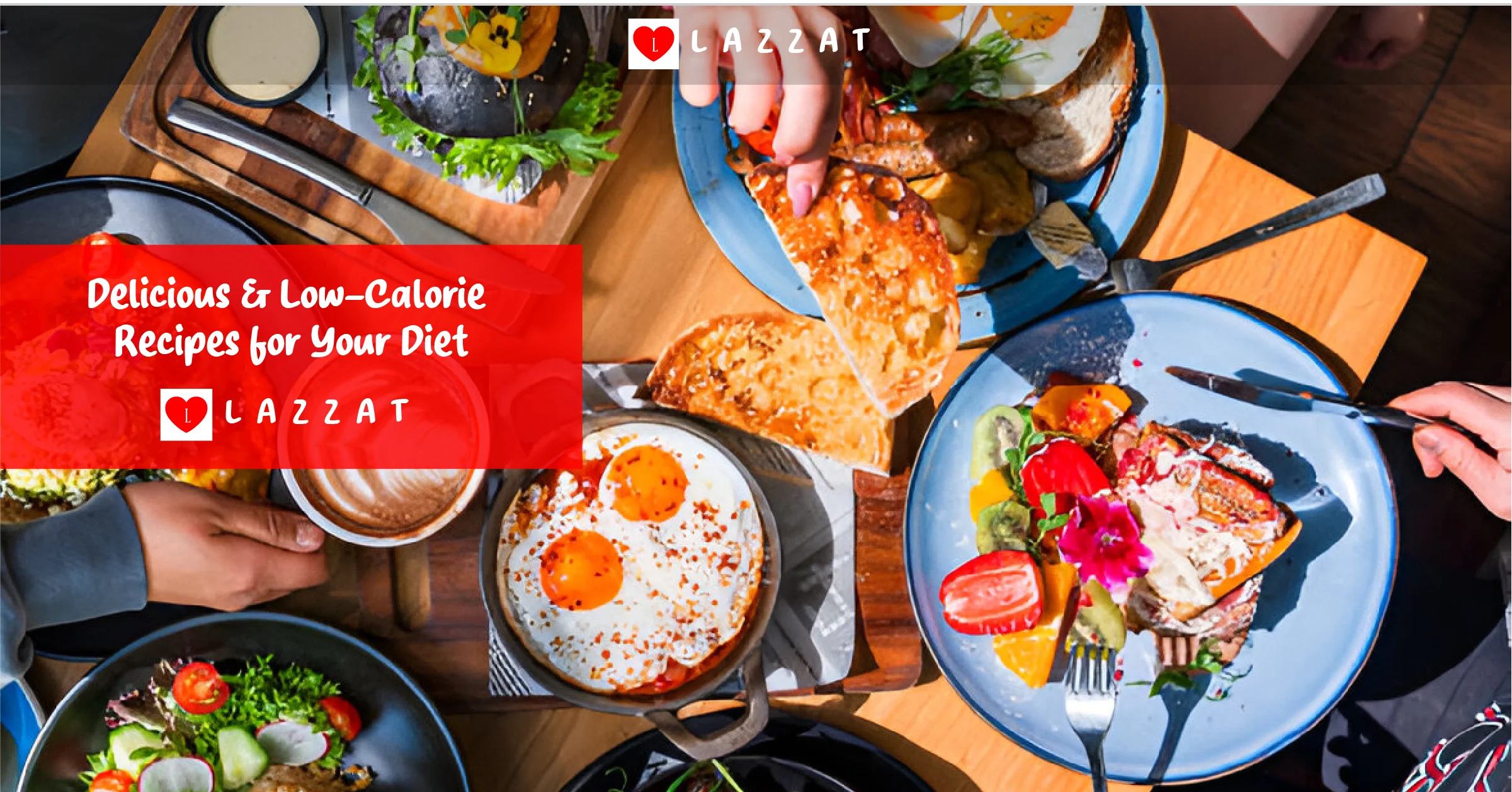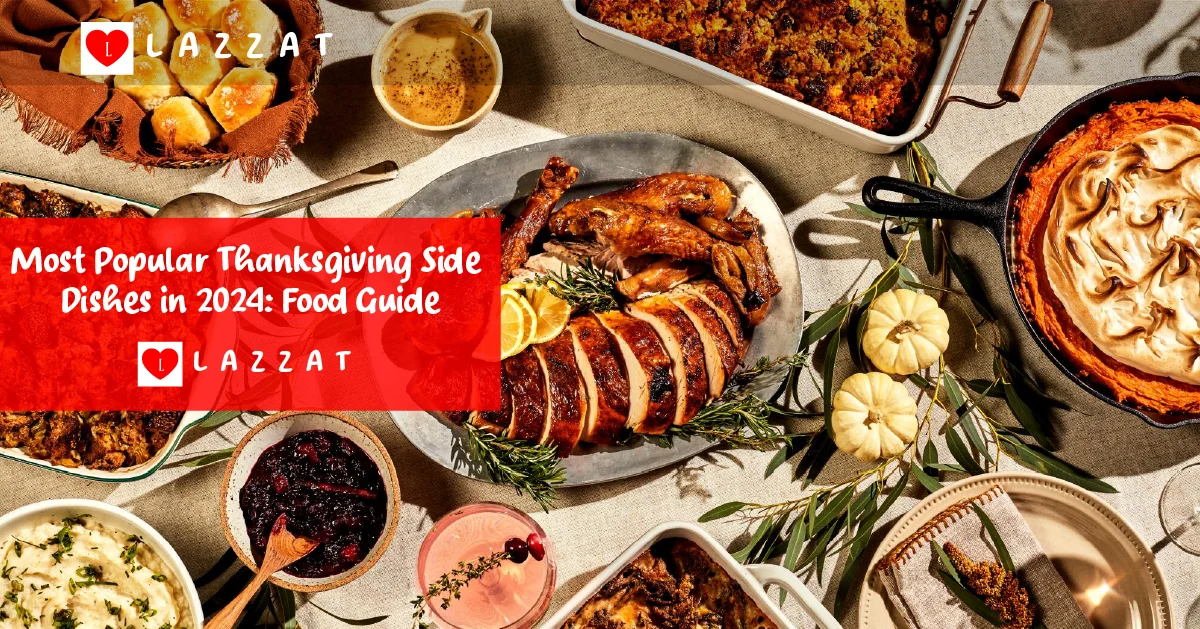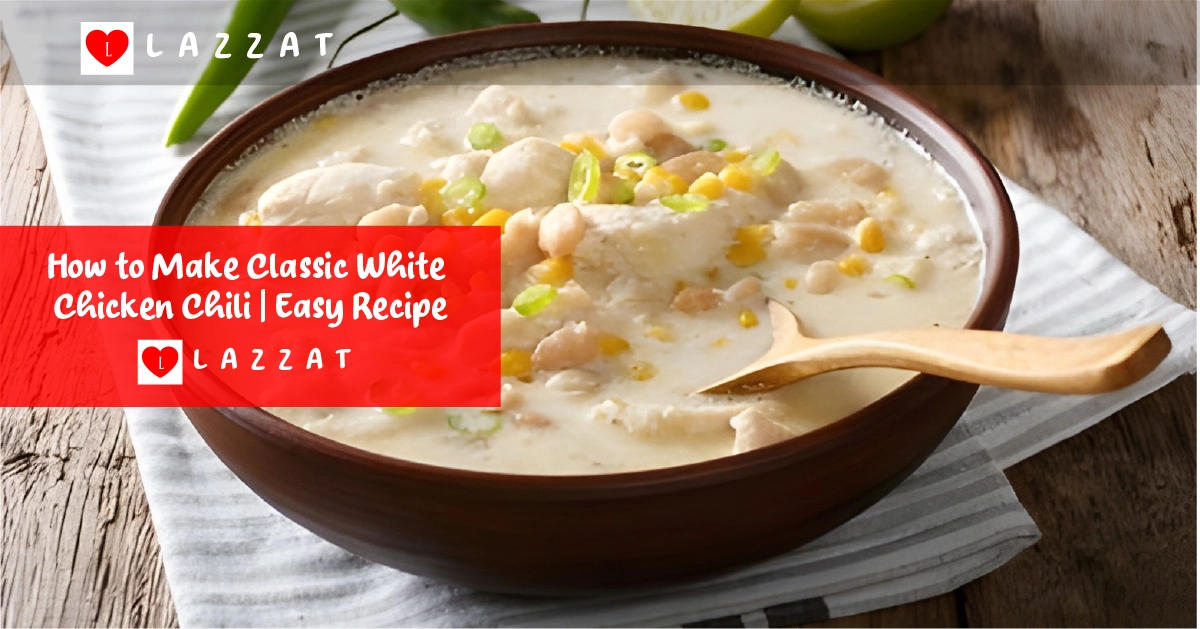Imagine a world where you can enjoy tasty, healthy meals without oil. Sounds good, right? In this guide, we’ll show you how to cook without oil. You’ll learn both old and new ways to make ...
Home / Delicious
Browsing Tag: Delicious
Featured Posts
6 Essential Foods to Always Keep in Your Freezer
Apr 07, 2025What Is Carb Cycling and How Does It Work?
Apr 05, 2025Delicious & Low-Calorie Recipes for Your Diet
Mar 29, 2025Category List
- Latest
- Popular

